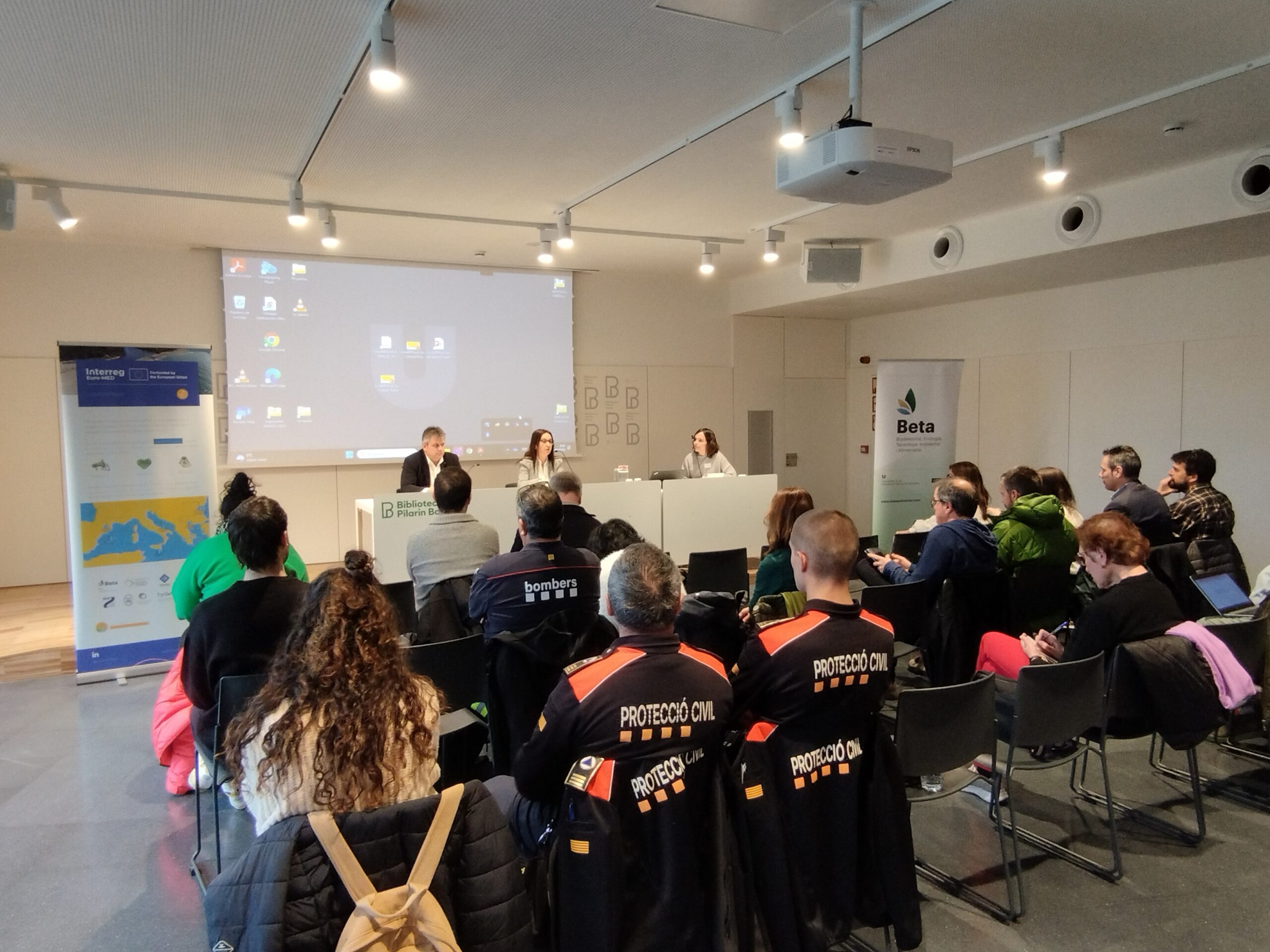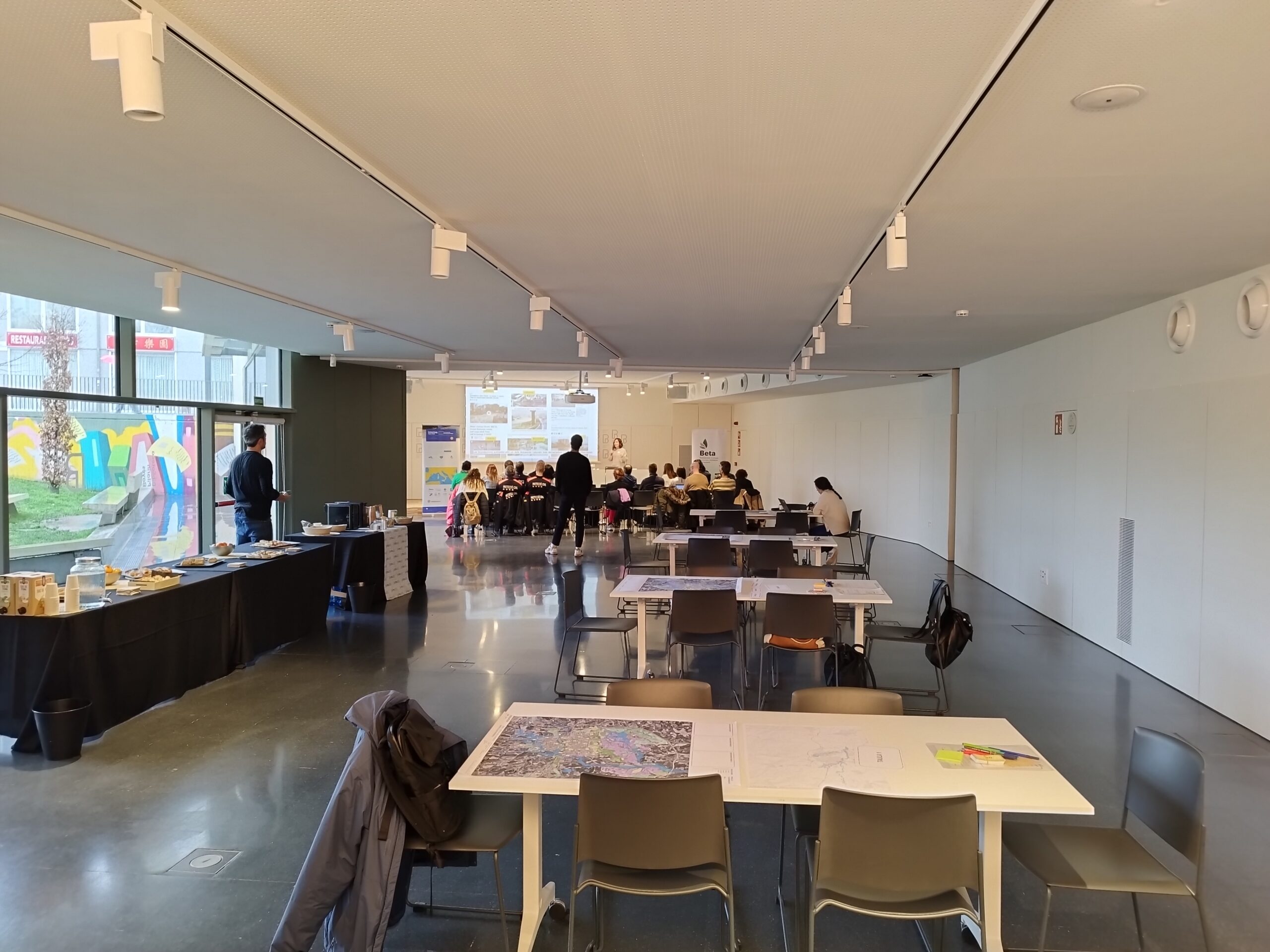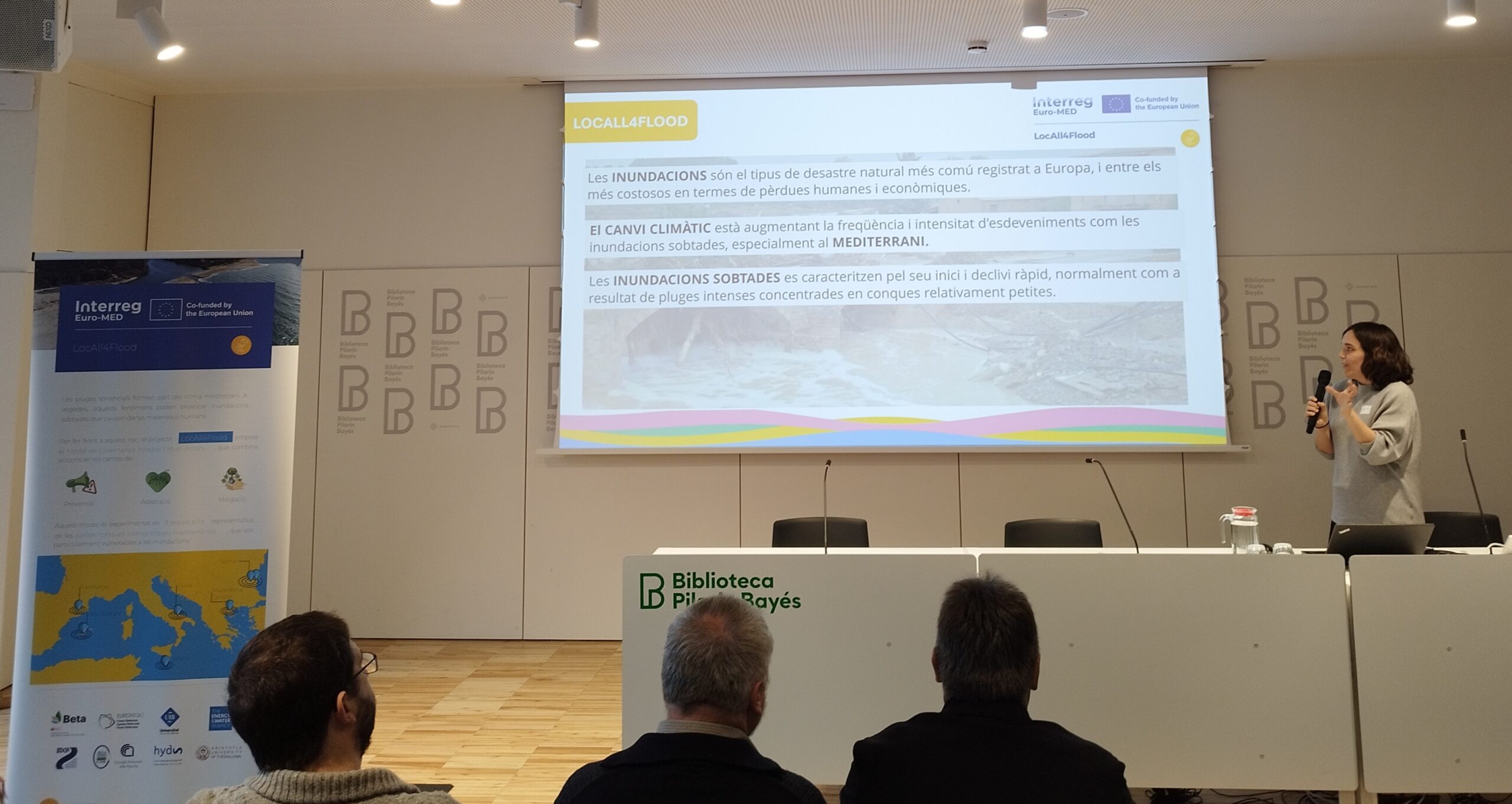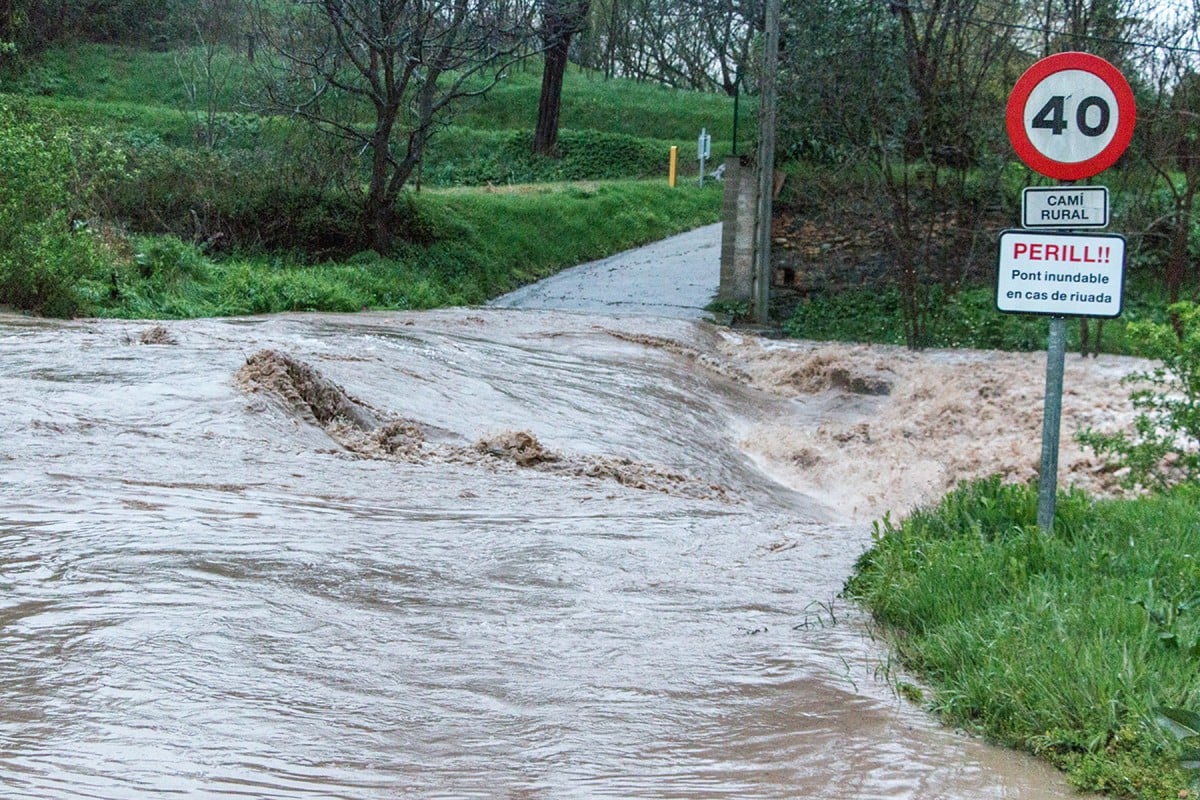The first LocAll4Flood Catalan training session on flood risk management, covering the towns of Vic and Gurb, was held on the 14th of March by BETA Technological Centre. The session highlighted the importance of adapting and improving the community’s ability to respond to these increasingly frequent events. It also emphasised the necessity to enhance prevention through effective early warning systems and to implement measures to mitigate the effects of floods. This includes modifying infrastructure, incorporating nature-based solutions and improving territorial planning.



The training session was attended by representatives of the following organisations: Agència Catalana de l’Aigua, Ajuntament de Vic, Ajuntament de Gurb, the Local Police, the Fire Brigade, Civil Protection of Generalitat de Catalunya, Consell Comarcal d’Osona, the Mediterranean Rivers Studies Centre (CERM), the Barri del Remei Neighbourhood Residents’ Association the Vic Civil Protection Volunteers’ Association and other experts. During the session, a practical exercise was carried out on flood management in the Osona region, focusing on the Mèder River, the Torrent de Sant Jaume (which crosses Malla and Vic municipalities) and the Torrent de l’Esperança (which borders Vic and Gurb). These river systems have different hydrological dynamics, but they are all capable of causing both fluvial and pluvial flooding in the face of sudden and intense rainfall. A map was developed to identify the most vulnerable points to flash flooding in Vic and Gurb in order to improve management and early warning systems.
In light of the potential escalation of climate events in the future, the Integrated Multi-Stakeholder Governance Model, based on the involvement of all sectors and scales and the articulated development of prevention, adaptation and mitigation actions, can be an effective response to the risk of flash floods. Approaches such as Vic’s are set to serve as a model for other catchments in the Mediterranean region.


